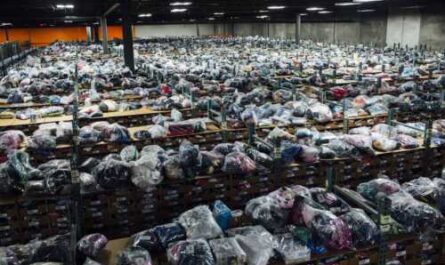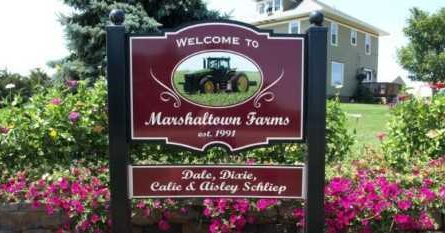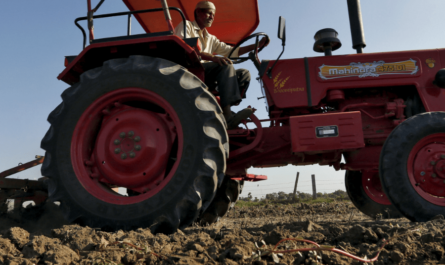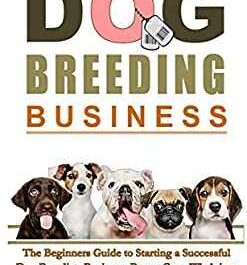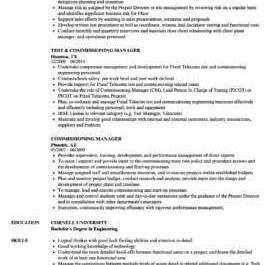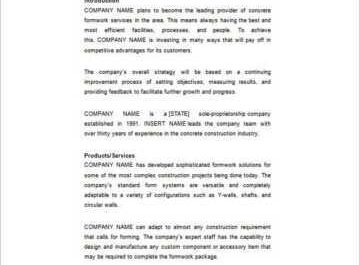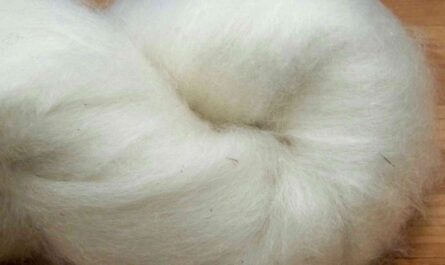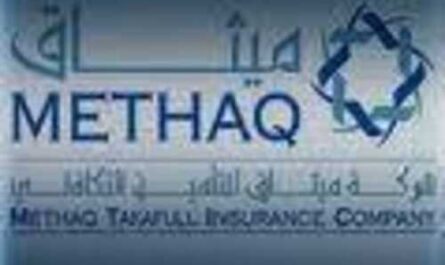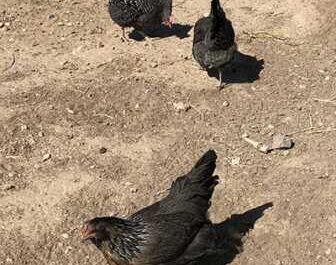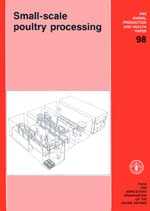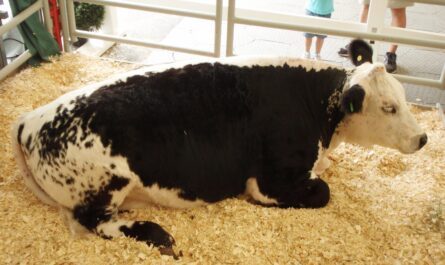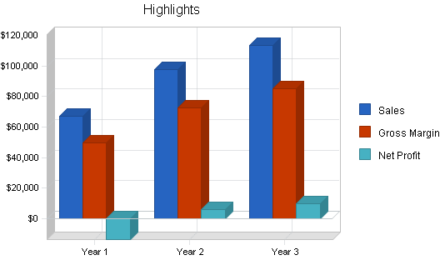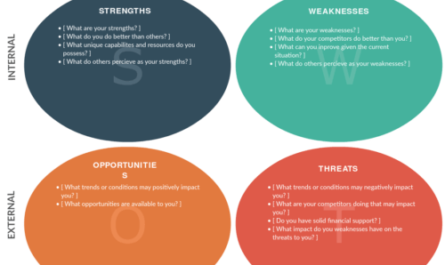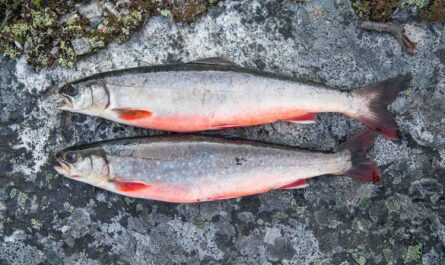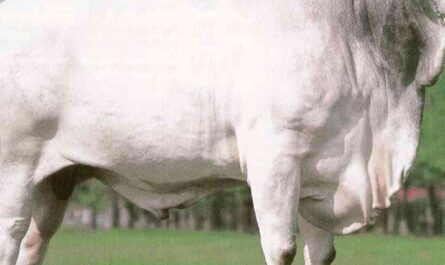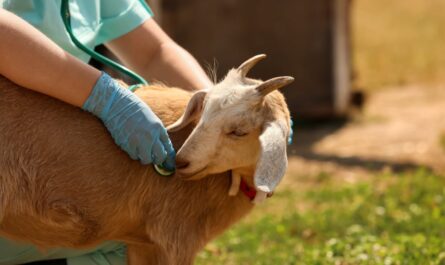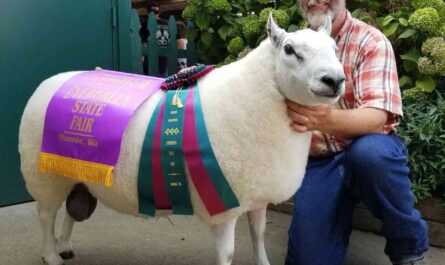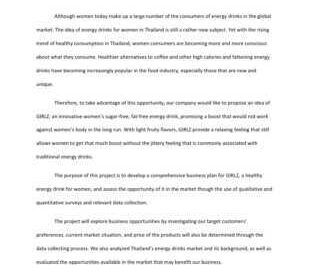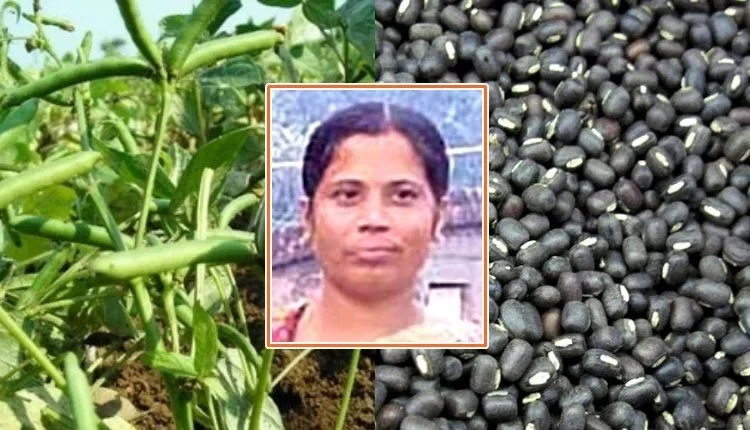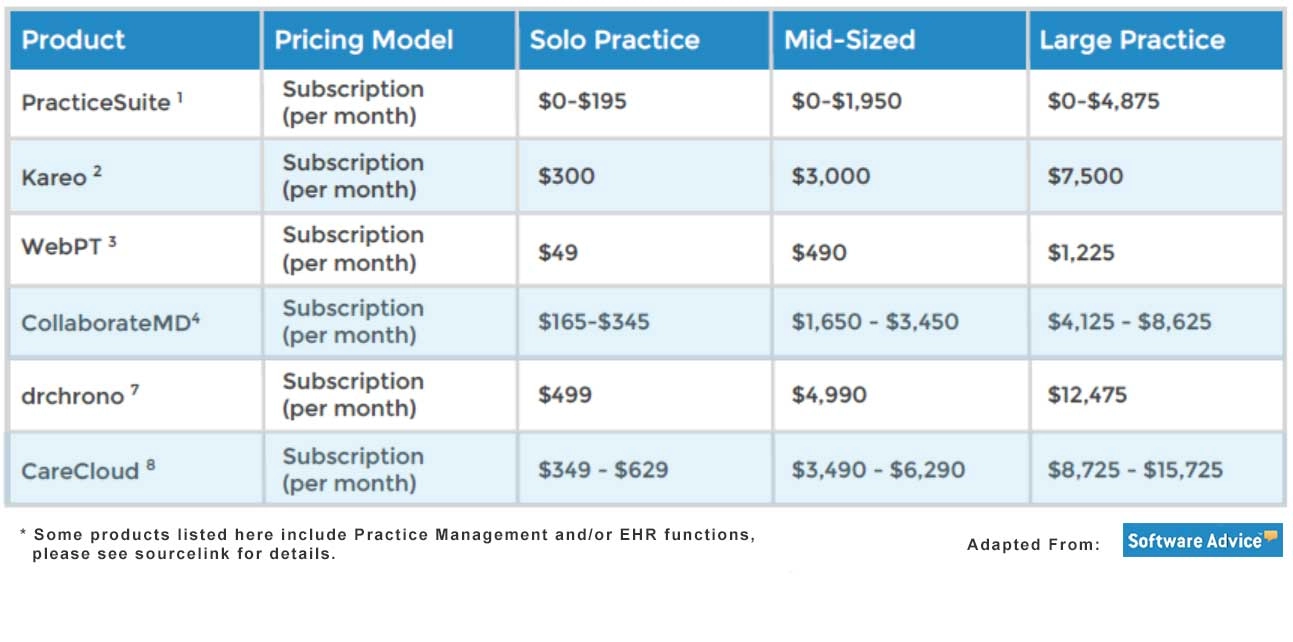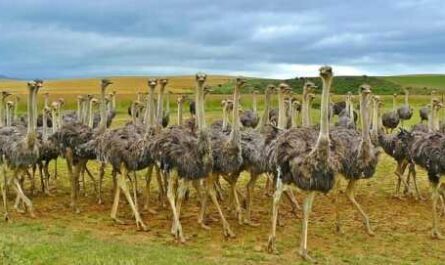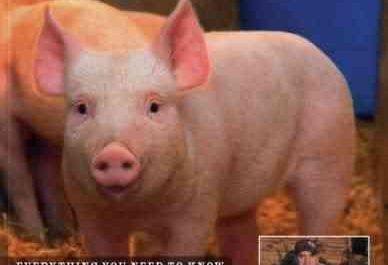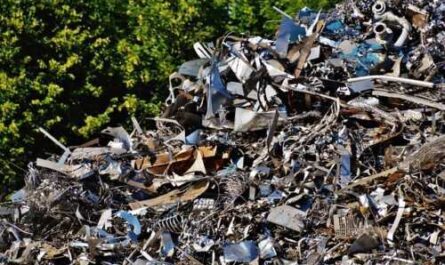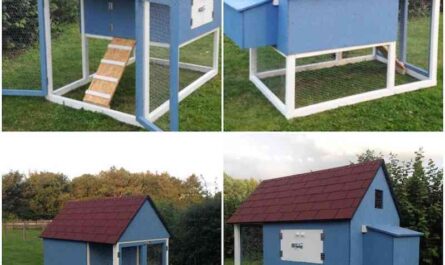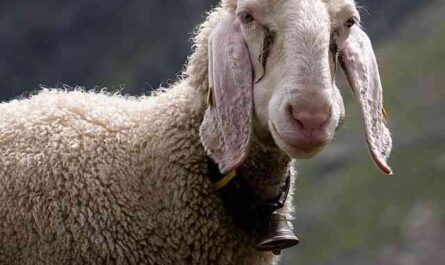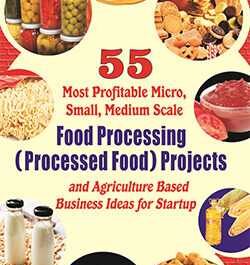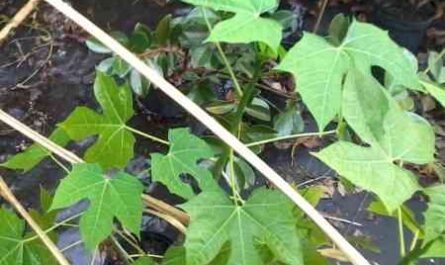Randall cattle are one of the most endangered cattle breeds in the United States. The exact origin of the breed is unclear, but it likely originated in Sunderland, Vermont.
These are thoroughbred cattle from a combination of Dutch, English and French cattle breeds. The breed was bred on the farm of Samuel Randall and later his son Everett Randall.
The Randall family has maintained a closed herd of Randall cattle for over 80 years. Several Randall cattle were rescued from Randall’s farm after Everett Randall’s death in 1985.
The animals were scattered all over the world, but soon began to disappear. But to save the genetics from extinction, Cynthia Creech (then living in Tennessee) stepped in to purchase most of the remaining animals.
The breed went by various names over the next few years, but in the 1990s it was decided to call it Randall Cattle.
And in 2001, the register with this name was created. Historically, these animals have been versatile animals and have been used for a variety of purposes. Historically, they were used as a dairy breed, although they also had meat and draft qualities.
Today this breed is very rare and recognized as critical. Conservation of American Animal Breeds‘. This means that less than 200 animals are registered by the breed association each year. From less than 20 animals, the breed’s population has grown to over 250 breeding females.
Currently, most Randall cattle are found in the eastern United States and Canada (with the highest concentration in the northeast). The largest Randalls herd and breed registry is located in South Kent, Connecticut. Read more about Randall cattle below.
Randall Cattle Characteristics
Randall’s cattle are quite variable in size and conformation, but tend to be medium-sized animals. Their constitution corresponds to the climate of New England.
They have a “colored” back pattern, black markings on a white base, ranging from almost white to very dark. Other subtle hues have been observed such as blue, gray and mahogany, and there is now a range of recessive reds. The roan coloration on the flanks varies from almost black to almost white.
Randall’s cattle have black noses, ears, dark circles, legs and nipples. Between the extremes are many roan or spotted animals.
All these options look beautiful and fascinating, especially against the backdrop of green grass. Bulls are larger than cows and show good growth rates.
Most cows have a milky body and well developed udders. The average live weight of cows ranges from 272 to 500 kg. And the bulls weigh an average of 450-816 kg. Photos and information from Wikipedia.
Advantages
Rendall cattle have historically been used as a breed of dairy cattle. But they also have meat and draft qualities.
Special Notes
Randall cattle are assertive and docile in temperament. They are versatile animals that are used for many purposes. Their meat characteristics can vary between different family lines.
For example, some animals produce a lean carcass with yellow fat, while others produce a meatier, well-marbled carcass. Metabolic disturbances have not been observed and calving difficulties are rare in Randall cattle.
With regular handling, the breed becomes very docile and tame. They have high intelligence and strong maternal and survival instincts. They are quite hardy and particularly suited to extensive or low-input farming systems.
Historically, subsistence farms, small animal feed farms and home gardens have been the most suitable and natural environment for Randall’s livestock.
Today, this breed is extremely rare and is meticulously cared for to increase its numbers and maintain its genetic health. See the complete profile of this breed in the following table.
video
| Breed name | Randall |
| another name | everything |
| Purpose of the breed | Milk, meat, pressure |
| Special Notes | assertive, obedient |
| Breed size | medium |
| Bulls | Approximately 450 to 816 kg |
| cows | About 272 to 500 kg |
| climatic tolerance | All climates |
| coat color | Typically, Randall’s cattle have a “colored” rear line pattern, black markings on a white base ranging from almost white to very dark. |
| horned | Yes |
| milk production | Good |
| scarcity | Ordinary parts |
| Country/place of origin | UNITED STATES |


